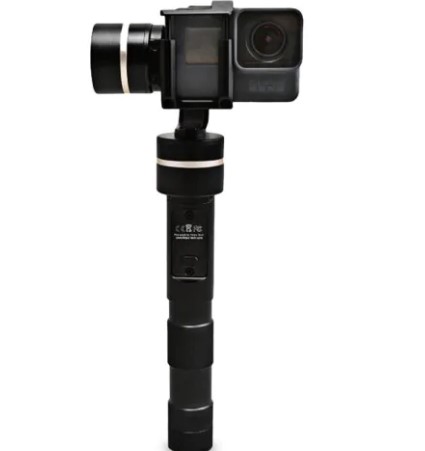Gimbal Control- The Principle And Application

Electronic camera stabilizing gimbals have emerged with a boom. The very first 2-axis gimbals were servo-controlled as well as placed on multi-rotors to stabilize the video clip or FPV (First Person Sight) cam. Ever since the modern technology has actually advanced substantially as well as brushless gimbal motors are a common view on the marketplace. The whole point of a gimbal is to maintain a payload secure and in the exact same orientation independent of what its mounting system is doing.
That was a handheld brushless video camera stabilization rig, I am developing a 3-axis brushless gimbal that is going to be installed on a multi-rotor, most probably a quadcopter this contact form.
The concept behind the entire thesis is that it can be made use of for SAR (Browse as well as Rescue) objectives. As a member of a SAR celebration, you desire an unhampered sight of your bordering atmosphere, yet an extra pair of eyes overhead might be extremely useful also. Google Glass is among the few readily available HUD (Head Up Display) platforms that provides you the capacity to check out a HUD display whilst still having an unblocked view of your surrounding. The display does not need to be huge if the camera payload is a infrared camera that seeks a person's warmth trademark, something like that would certainly be easily recognizable on the Google Glass' display.
The suggestion is to have a quadcopter that is flying above you, and also you can manage the gimbal merely by moving your head around. Furthermore a placement lock function would be very valuable. Now this is no simple task, but it is something I would love to include in the whole system. The control algorithm will be based on a trigonometric mathematical design of the orientation of the gimbal, the heading of the quadcopter and the direction in which the gimbal is dealing with. Every one of this info will be provided by a GPS, Pressure sensor and compass, and also the base controller will be a Arduino Mega 2560.
When a position lock is activated, the gimbal ought to deal with the video camera lens so that the general location listed below the quadcopter remains in view, in spite of the activities of the quadcopter. Normally the head motions of the controller will have no effective input to the system in this state. The controller after that has a visible picture of a certain location without having to preserve head control over the gimbal.